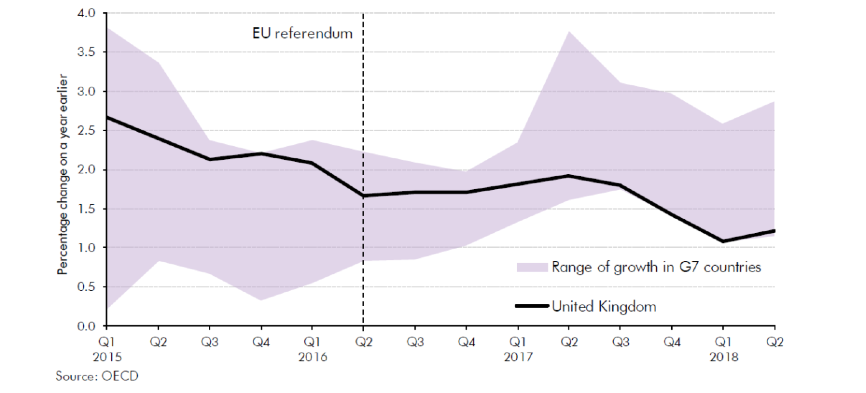Theories of growth

Theories of growth
There are neo-classical, Schumpeterian, Keynesian, ‘new growth theory’ and Marxist accounts of economic growth, to name but a few. Different schools of economic thought understand the nature of the state differently, and conceive of its role in the economy, and its significance for supporting or facilitating economic growth in diverse ways. Any analysis of economic growth is situated within these underlying normative structures of economic analysis, which can differ quite widely in how they make sense of the economy and its trajectory
The foundations of growth assessment and forecasting rest at some level on normatively-informed assumptions about how the economy works, and the effects of economic policy, derived from one or more of these theories of growth. Different theories of growth offer distinct visions of the role and potentialities of the state.
Stakeholder as opposed to shareholder visions of capitalism provide a useful lens to make sense of comparative capitalisms debates. Shareholder capitalism is a liberal vision for how the economy should be ordered that privileges competitive market mechanisms for delivering shareholder ‘value’ in the form of profit maximisation. This form of capitalism prioritises ‘exit’ – the ability of a firm to sell up and move on within ‘liquid’ capital markets. Stakeholder capitalism involves a more regulated vision of how the economy should be ordered that is more closely aligned with a coordinated market economy than shareholder capitalism is. Stakeholder capitalism privileges social goods, long-term and trust-based relationships, and ‘voice’ – the idea that a firm can be transformed from within through the articulation of interests and reform agendas.
These are effectively two different visions for how the economy should be ordered, each perspective conceptualizing growth in a distinctive fashion, and foregrounding particular drivers and factors. These entail different understandings of how the fruits of growth should be distributed, the internal organization of the firm, and the generosity and logic of the welfare state. They have diverse views on the key sources of wealth and of the drivers of economic prosperity. These are some of the reasons why any debate about economic growth, including about why growth rates differ between nations, sectors, or firms, inevitably has political undercurrents and ramifications.

